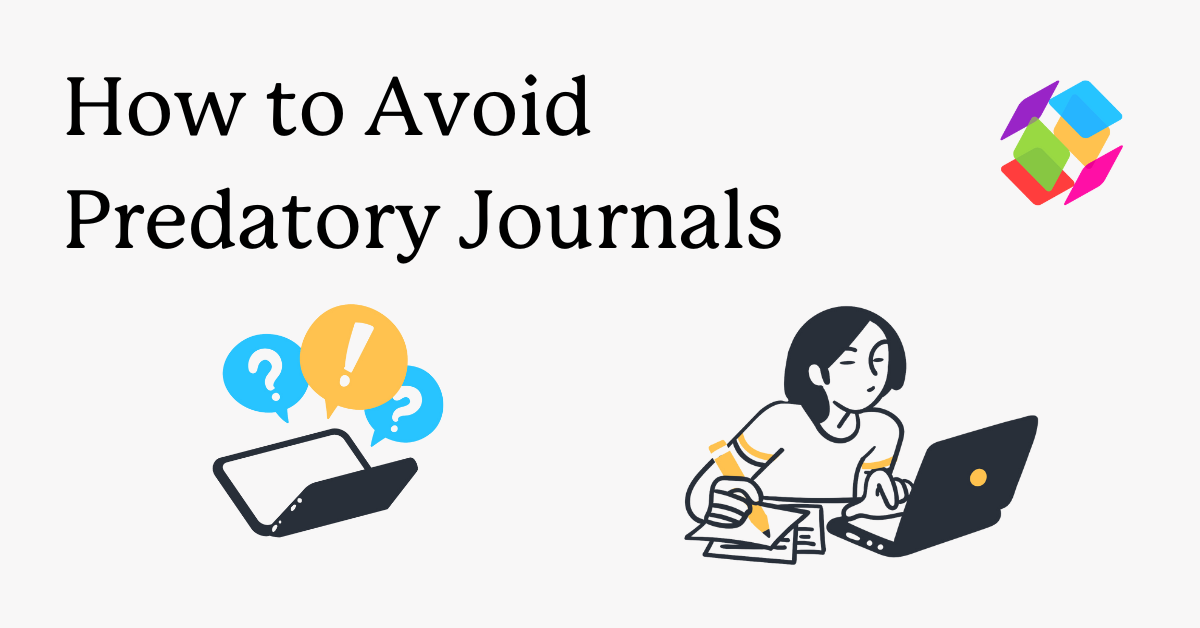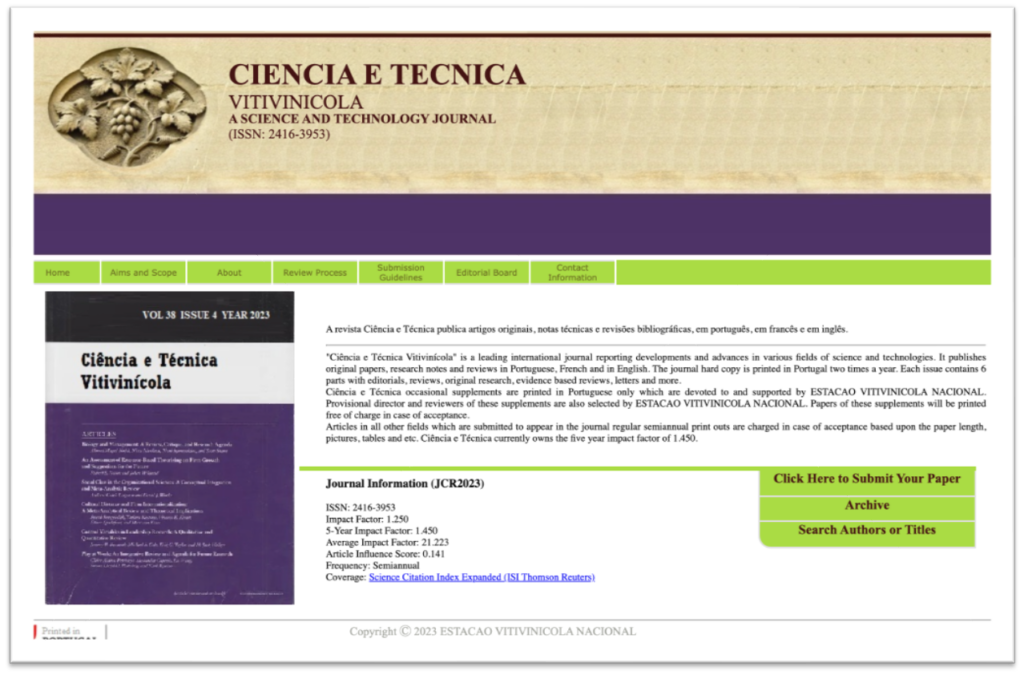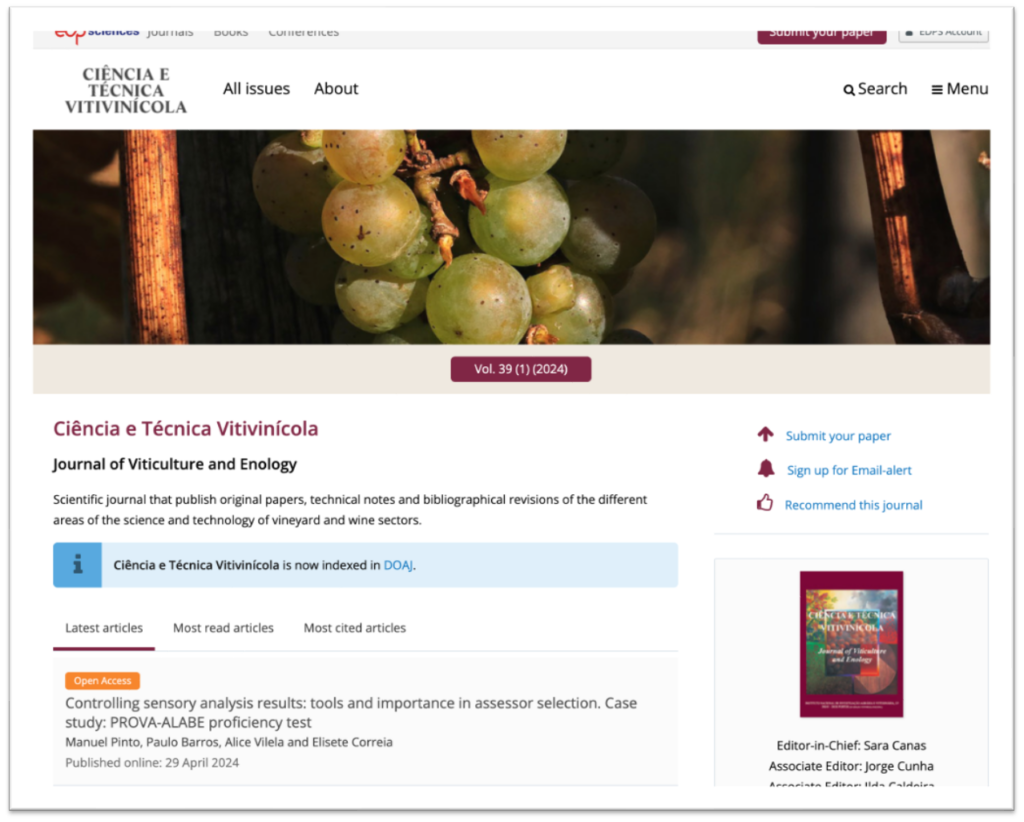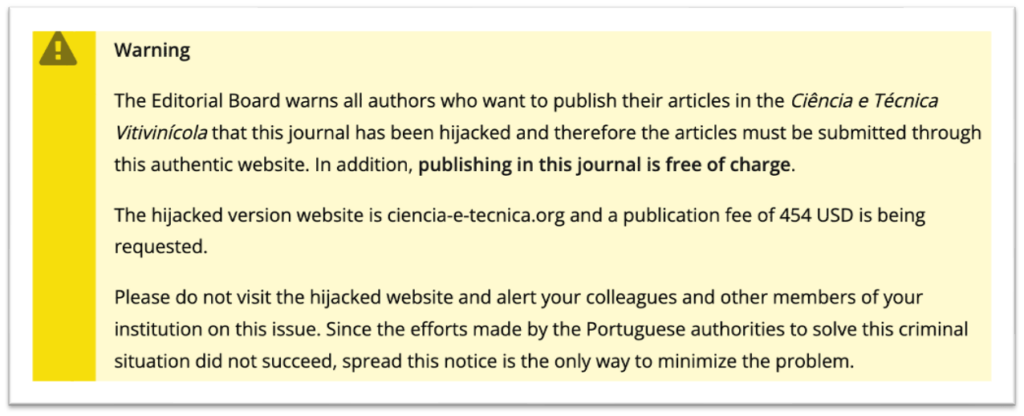How to Avoid Predatory Journals

There are millions of academic journals published every year and unfortunately not all of them are devoted to furthering research. There are a small number of journals that prey upon unsuspecting researchers, especially those who are new to the field and feeling pressure to publish for professional advancement.
Why is This a Problem?
These predatory journals charge money to publish and often are an avenue for research that is not sufficiently peer reviewed and may even not be suitable for publication. It may seem innocuous to publish in such a journal but there can be real harm to a researcher’s reputation. These negatives include loss of research impact, overcharging for publication costs, and it may hurt the researcher’s reputation when colleagues see where the article was published.
Examples of Predatory Journals in Science
A recent example involving publication ethics illustrates another pitfall of predatory journals. All reputable journals operate under a policy that authors may not submit the same manuscript to multiple journals at the same time for consideration. An article in Science (2019), describes how a new faculty researcher fell into the trap of a predatory journal where it refused to release his article from consideration unless he paid a substantial amount to that journal. He eventually had to threaten legal action against the predatory journal so he could finally submit it to a legitimate journal.
Another interesting example of a fake journal is “Ciencia e Tecnica Vitivinicola“, which is masquerading as the real “Ciencia e Tecnica Vitivinicola“ published by EDP.

(BOTTOM) Real journal published by EDP Sciences

Note that the fake website has many formatting errors, sparse information, and, if you search for recent articles listed, almost all are not connected to the journal’s subject. The editorial board is also suspect because it just has initials with last name, degree, and country. If we take a look at the real journal’s website, you will notice that it has the journal’s impact factor and editorial board prominently listed. At the bottom of the site, it also has a warning alerting researchers not to send money to the pretender journal.

Best Practices to Avoid Predatory Journals
Here are 4 basic steps to avoid being scammed by a predatory journal:
- Examine the articles that have been published recently. Is their content relevant to the journal and do they show dates indicating peer review? Do their bibliographies cite articles in reputable journals? If you see errors that should have been corrected during peer review and if many articles in the bibliography are from the same journal you are evaluating, these are red flags.
- Check the editorial review board members. Are they active researchers in the topic area of the journal? If you know them personally, consider contacting them to ask about their experience with the journal. Some red flags are if none of the names are recognizable or if the board member’s research experience is not related at all to the journal’s scope.
- Use a database like Dimensions.ai to search for citations to articles published within the journal. Remember that your Papers software also gives citations and other metrics to use in evaluating articles you have saved. Are these articles being cited by other reputable authors and journals?
- Contact your organisation’s library for assistance. Universities have subject librarians who are very familiar with the reputable journals in a discipline and ones that should be avoided. If you are not affiliated with a university, reach out to a public university library (many offer a chat service) and most will be quite eager to assist you with journal questions.
Resources to Learn More
Are you interested in reading more about predatory journals and the harm they do to research and academia? Here are a few resources to get started:
- Boukacem-Zeghmouri, C. (2023). Predatory journals entrap unsuspecting scientists. Here’s how universities can support researchers. Nature, 620(7974), 469–469. https://doi.org/10.1038/d41586-023-02553-1
- Elmore, S. A., & Weston, E. H. (2020). Predatory Journals: What They Are and How to Avoid Them. Toxicologic Pathology, 48(4), 607–610. https://doi.org/10.1177/0192623320920209
- Think. Check. Submit. : A website with resources and tools for authors to locate reputable journals. This site, developed by a collaboration of research organisations, publishers, and libraries, includes a checklist for authors to ensure that they are selecting trustworthy journals for publication.